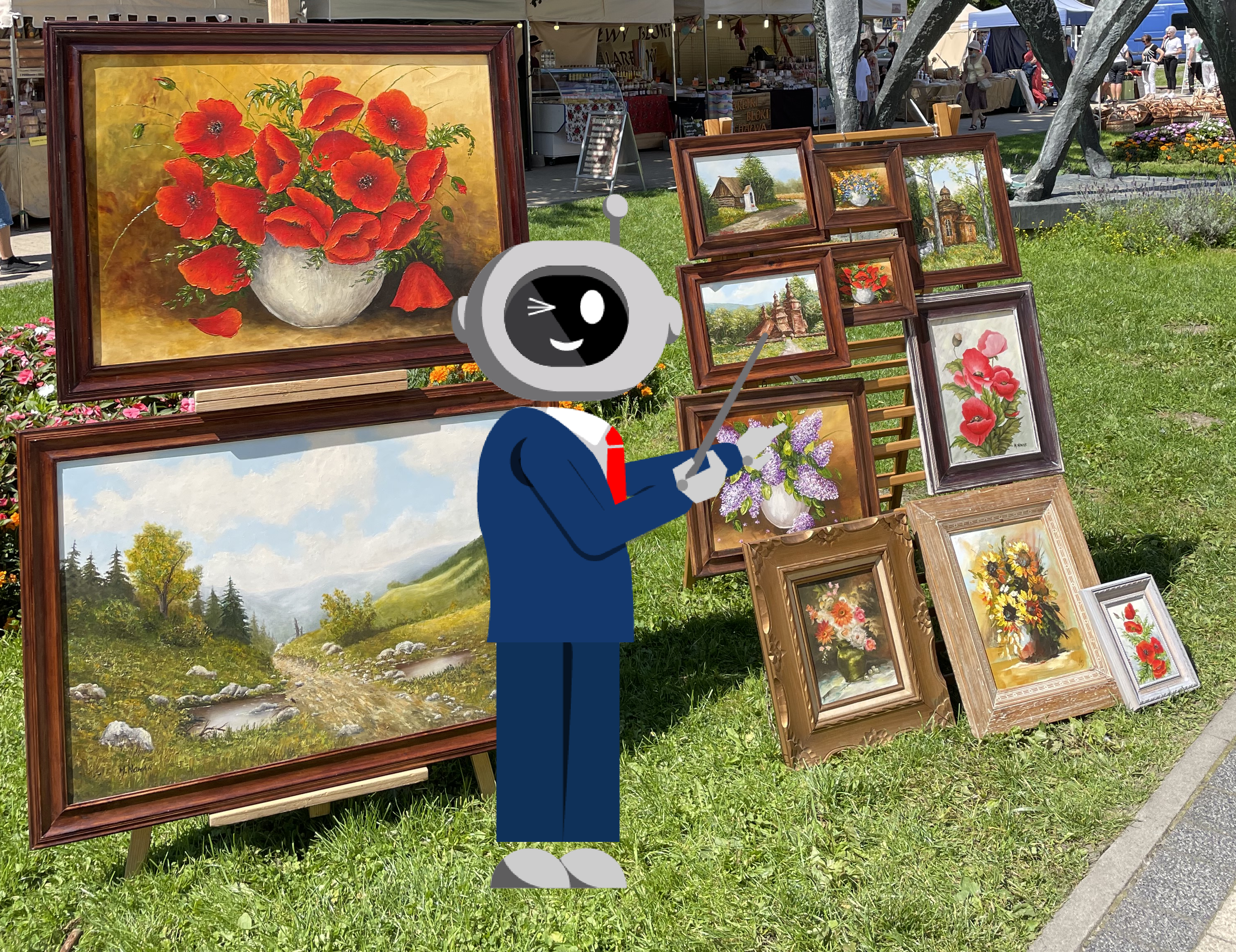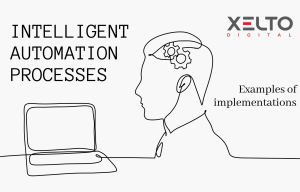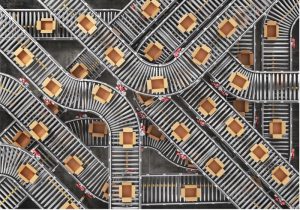Today’s episode will be quite unusual. Well, knowing me, it would be possible to say that – on the contrary – it will be as it always is. I recently went to the studio of a certain painter. We were sitting on the veranda and vividly discussed art.
Generally speaking, one can say that we are from completely different worlds, but the longer we were talking and the more each of us learned about the secrets of our works, the quicker we came to certain conclusions. But let’s start from the beginning.
I have always been intrigued by painting. I remember I once went to an exhibition of works of art by French Impressionists at the National Museum in Krakow. The works of two artists, Claude Monet and Edgar Degas, are most engraved in my memory. Monet’s “Fishing Boats” and “Sunrise” and “The Dance Lesson” by Edgar really impressed me. When the painter started to tell me how a picture is created, I began to see some analogies to creating business process automation.
Just see:
How is a painting created manually?
The first step is to stretch the canvas onto the frame, and the artist always ensures that the canvas is perfectly tight. At the beginning a sketch is created – this is an important and difficult stage, because it will be the basis for what the viewer’s eye can admire later. Then the most interesting and creative process takes place, the actual painting – playing with paints, the brush and even… a spatula! For a good artist, no techniques are secret, and new challenges are welcomed with enthusiasm. After hours of work and drying, the picture is ready.
How is an automation created?
The first step is to meet the customer, and the developer always ensures that the process is perfectly known and understood. At the beginning a “sketch” is created, that is, in our understanding, the process documentation based on which the developer will create a robot. This is an important and difficult stage, because it is the basis for how the robot will work later. Then the most interesting and creative process takes place – creating the robot. Our developers are familiar with a lot of different techniques, and treat each automation like a new challenge and accept it with a great deal of enthusiasm. After hours of work and testing, the business process automation is ready.
Do you see these similarities?
There are a lot of similarities, but there is one fundamental difference.
The creative process is long and demanding and the automation has to be fast and efficient if it is to meet the expectations.
At the end of our conversation, we unanimously concluded that automating business processes is a kind of art of the 21st century. Finally, the painter said to me: “Do you know what, Ed? You’re an artist in the same vein as I and the French Impressionists are.”
Author: Edward Robotowski






